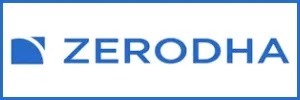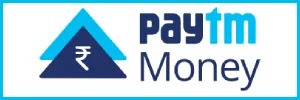B G Shirsat / Mumbai October 28, 2008, 0:14 IST
The 30-scrip BSE Sensex has dropped 55.4 per cent in Samvat 2064. This is the biggest-ever fall in the Sensex since the Bombay Stock Exchange (BSE) started compiling this index in January 1986. During Samvat 2064, markets faced three major crises. First, it was commodities causing inflation. Second, a rise in interest rates to control excess liquidity and tame inflation, and finally, the global credit crisis.
We studied BSE-500 stocks to understand why the Indian market crashed more than global markets. The study revealed that prices of many stocks fell sharply on weak fundamentals, a change in the commodity cycle and the possibility of a downturn in the business cycle on account of the liquidity crisis and a rise in interest rates. Stocks that have not moved up with the market in the last one year have been affected the least in the current downturn.
The BSE-500 list has 363 stocks that have declined by over 55.4 per cent each, while only four stocks have given returns this Samvat. The remaining 133 stocks have declined below 55.4 per cent each. Interestingly, only 72 stocks among the most losers had return on networth (RONW) and return on capital employed (ROCE) below 10 per cent. Eighteen companies had negative RONW and ROCE, and for 20 others, we did not have financial information for 2007-08 and 2006-07.
Of the 500 stocks, as many as 160 companies had RONW and ROCE of over 20 per cent, another 160 had between 10 and 20 per cent and 70 others had between 1 and 10 per cent.
However, valuation in terms of price to earnings (P/E) had risen substantially a year ago when 250 stocks were quoted at a P/E multiple of 20 times for their trailing 12-month earnings for September 2007. Only 43 stocks were available at P/E of around 10 and below, while 106 others traded at P/E between 10 and 20. The remaining 47 have negative or nil P/E multiples.
The 55 per cent decline in the Sensex has brought a dramatic change in P/E valuations of the most affected stocks with 301 of 363 such stocks currently available at P/E below 10 for their trailing 12-month earnings for September 2008.
Interestingly, out of 137 stocks that have outperformed the Sensex in the Samvat, only four — Procter & Gamble, Castrol, Lupin and Zandu Pharmaceuticals — have reported gains, while the remaining 151 fell between 1 and 55 per cent.
There are 180 stocks in the BSE-500 that have declined by over 70 per cent each over their closing prices at the end of Samvat 2063 (November 8, 2007). These big losers are from sectors such as cement, housing and construction, engineering, capital goods, media and entertainment, brokerages, metals, sugar and automobiles. As is known, these sectors become vulnerable in the recessionary atmosphere.
The least affected stocks are from pharmaceuticals, personal care, FMCG, services, fertilisers and chemicals and oil marketing firms as most of these stocks had not gained in the recent bull market.
Among the large-cap stocks in the BSE-500, the top losers in Samvat 2064 are Unitech, IVRCL Infra, Suzlon Energy, Jai Corporation and Jet Airways, down by over 80 per cent each on account of the current economic downturn. Tata Steel, Sterlite and Hindalco in the metal segment, Indiabulls Real Estate, Omaxe and DLF in the real estate segment, ICICI Bank, Yes Bank and IDFC in the banking space have declined by over 70 per cent each.
Courtesy: business-standard.com









